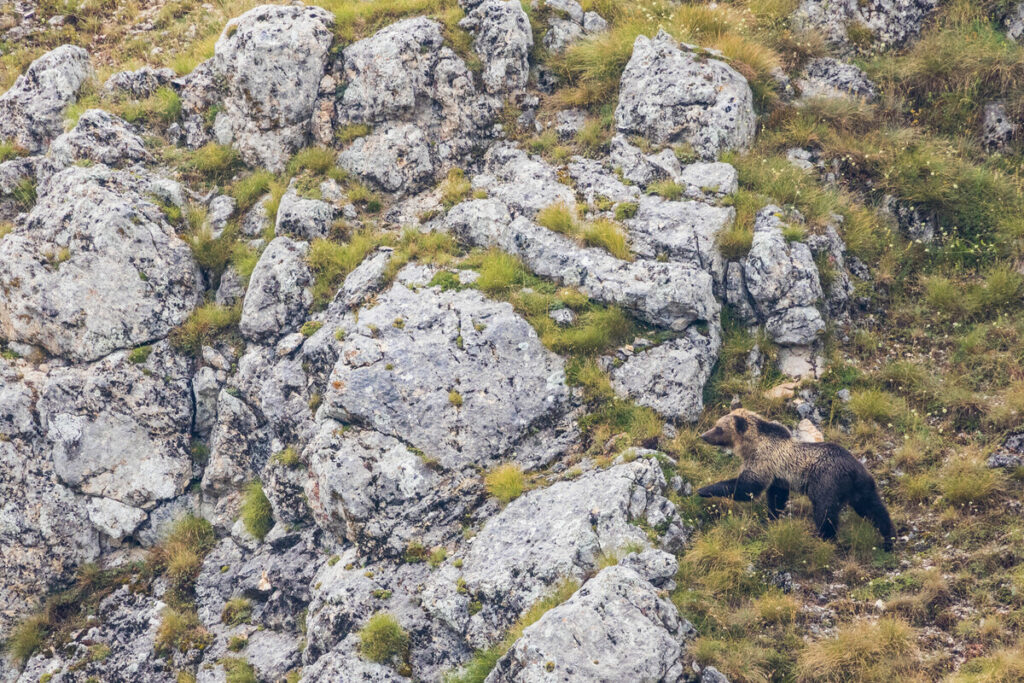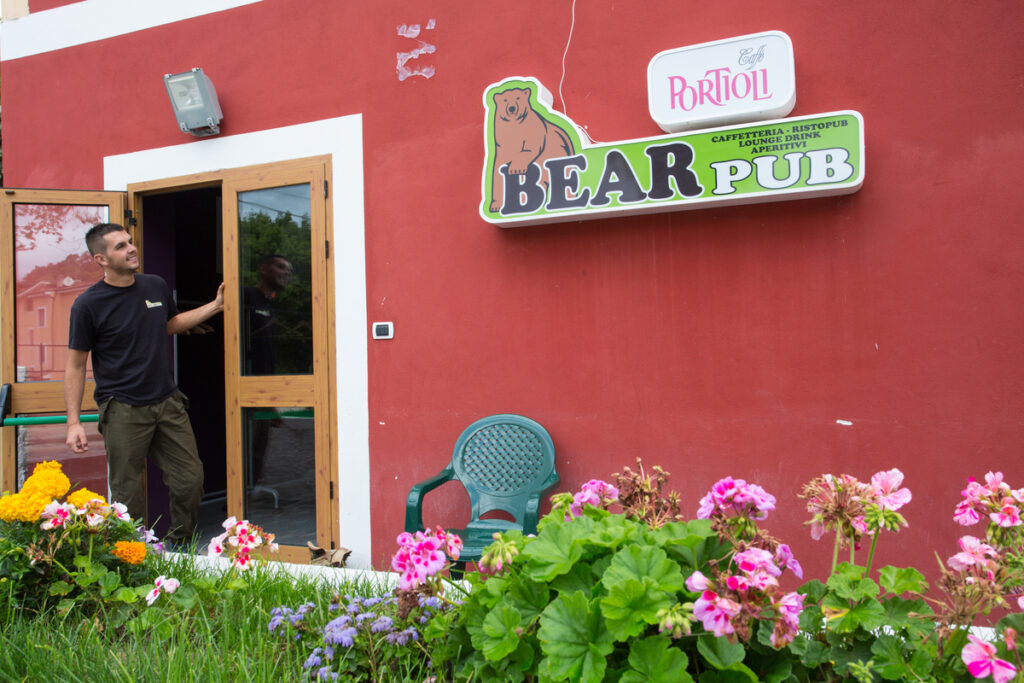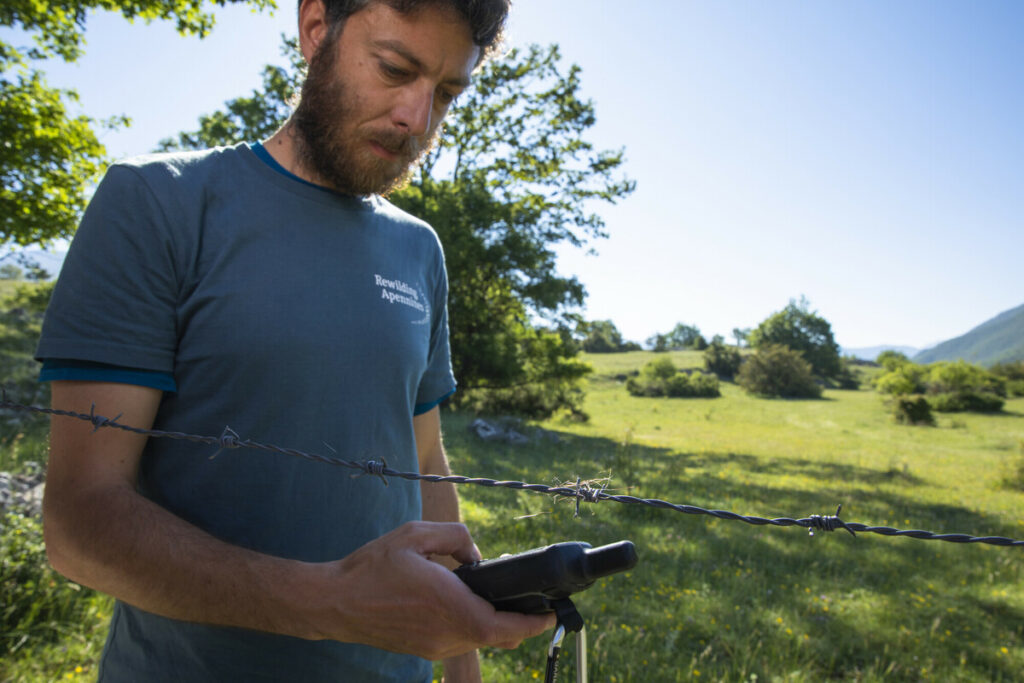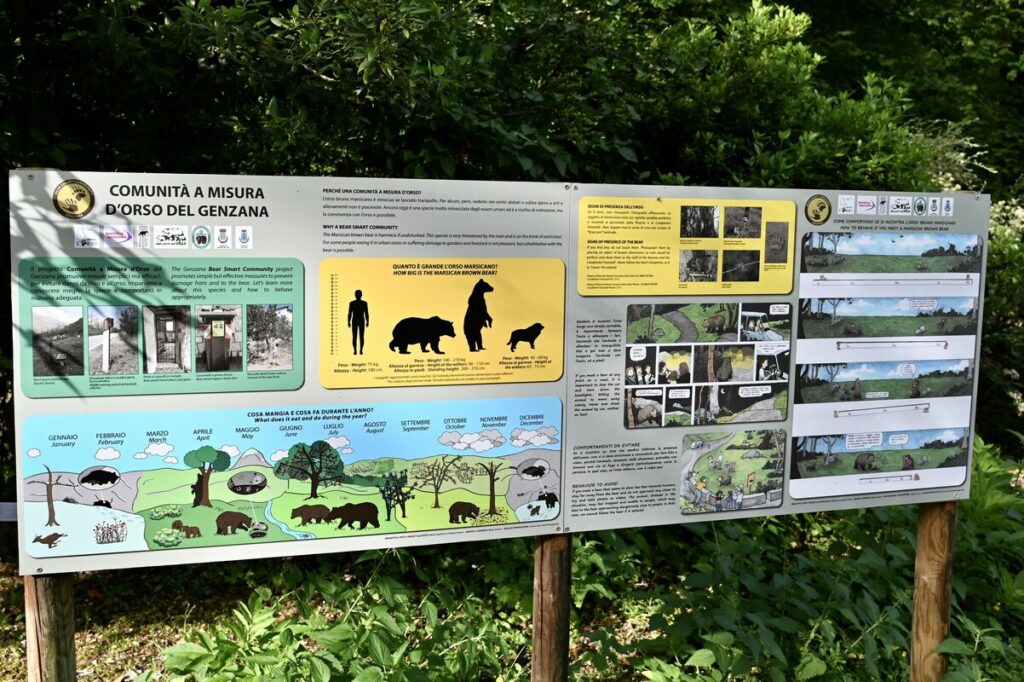A new study has confirmed that Marsican brown bears play a valuable role promoting the Central Apennines as nature-based tourism destination.

An influential species
One of the core objectives of rewilding is to support wildlife comeback, either by creating the conditions for wildlife to return of its own accord, or by restocking or reintroducing animals into habitats where they are missing. In the Central Apennines rewilding landscape in Italy, the local rewilding team are working hard to protect and enhance the area’s population of endangered Marsican brown bears by developing a network of coexistence corridors, ensuring relations between humans and bears remain harmonious and enabling the animals to travel safely between core population areas.
As apex predators, brown bears help to keep ecosystems healthy by keeping food webs balanced. In addition to its ecological value, the brown bear is also an iconic wildlife species. Its presence in the landscape can help to raise the profile and appeal of a particular area, attracting domestic and international nature lovers and wildlife enthusiasts. In this regard, the Marsican bear – which is endemic to the Central Apennines – helps to deliver wide-ranging benefits to local businesses and communities, which often face challenging socio-economic conditions.

Promotional value
A new study, published in early February in the journal Human Dimensions of Wildlife, highlights the value of Marsican brown bears to residents of the Central Apennines. In it, the authors estimate the Advertising Value Equivalency (AVE) of articles and broadcasts featuring Marsican brown bears – appearing in a high-profile selection of national Italian newspapers and television channels between 2015 and 2020 – to be around 11 million euros. The study was carried out within the framework of the LIFE ArcPROM initative, which is working to improve human-bear coexistence in four national parks in southern Europe, including Maiella National Park in the Central Apennines.
AVE attempts to measure the value of earned media coverage by assessing how much it would cost to buy advertising space of size or length. The object of the study was to generate an estimate of the value of the Marsican bear as a destination promoter to Italians, rather than the total value of all the economic benefits provided by the animals. Most of the articles and broadcasts analysed by the researchers conveyed positive messages about the bears and their environment.
Benefits vs costs
The researchers conducting the study went on to compare the value of the Marsican bear as a domestic destination promoter with the costs incurred through bear-related damaged over the same timeframe. This included damage to beehives, agriculture, buildings, and domestic animals, including veterinary bills. Using the records of the Abruzzo, Lazio and Molise National Park, this was estimated at around 535,00 euros, which equates to just under 5% of the value of the promotional services provided by the bear.
“Although these values are only an approximation, I think it’s clear from the results of the study that it’s not only nature that benefits from the presence of the Marsican bear,” says Rewilding Apennines team leader Mario Cipollone. “Investing time and money in these animals and their recovery makes economic as well as ecological sense.”

Promoting coexistence
Today, the Marsican brown bear – a subspecies of brown bear living in the Central Apennines of Italy – is critically endangered, with only around 60 individuals living in the wild. The Rewilding Apennines team are currently overseeing and developing a number of Bear Smart Communities, with three already established and more in the pipeline thanks to the LIFE Bear-Smart Corridors initiative. Rewilding efforts in and around these communities focus on a range of measures to promote harmonious human-bear relations, such as the installation of electric fences and bear-proof bins, the restoration of abandoned orchards, and the development of nature-based economies. All Bear Smart Communities are located within wildlife corridors which connect key national parks and reserves in the area.
